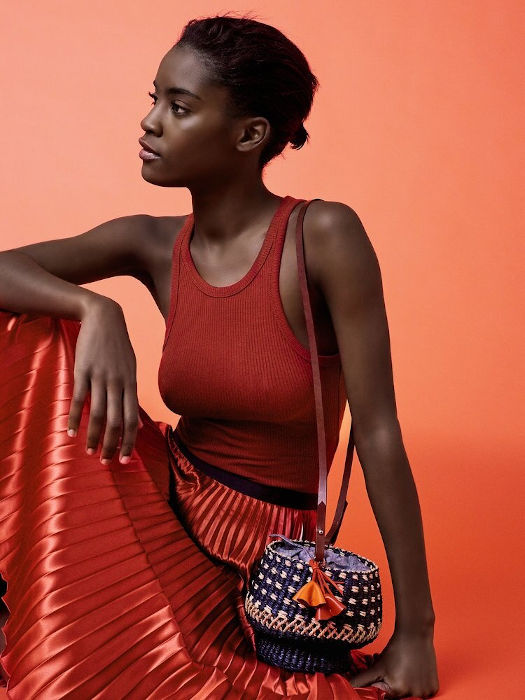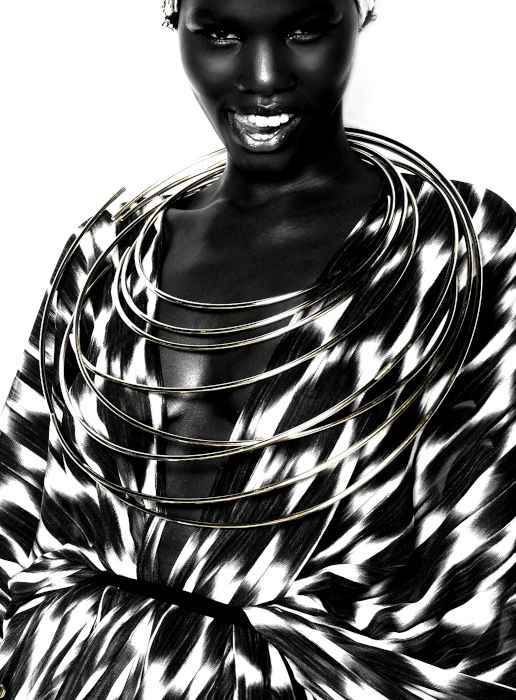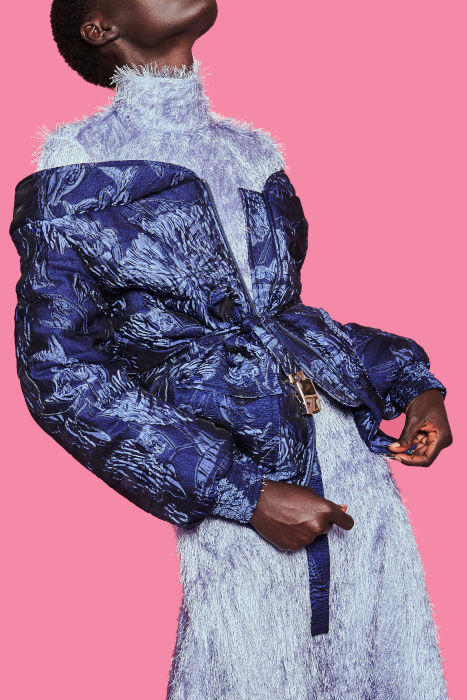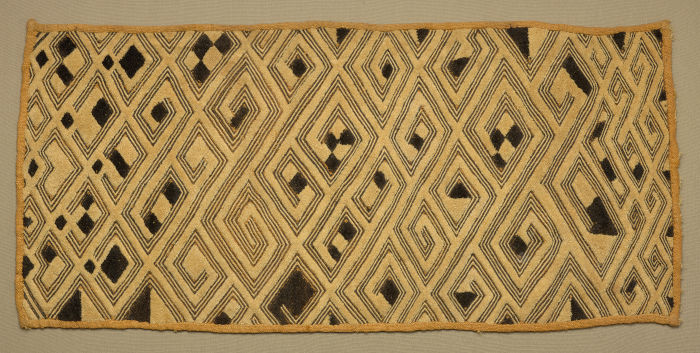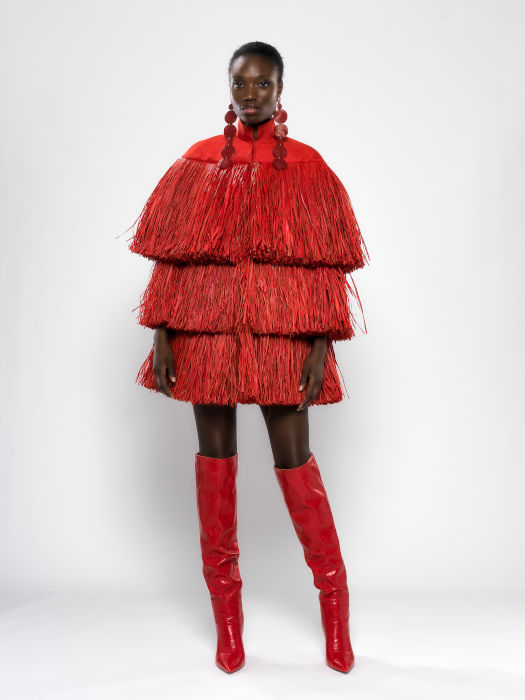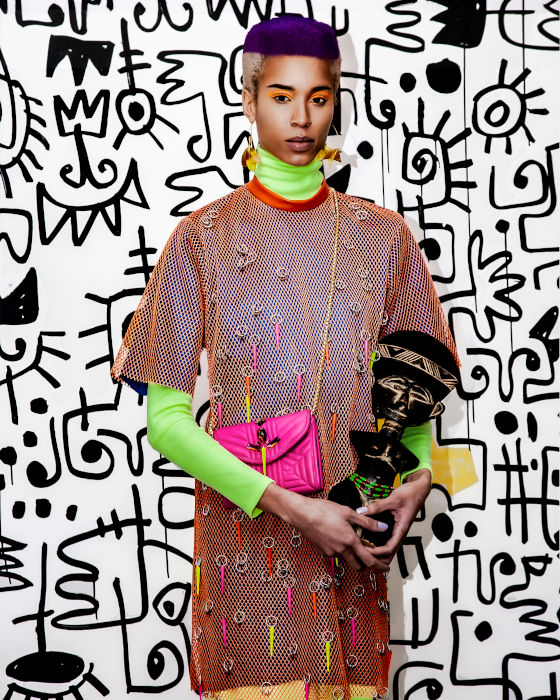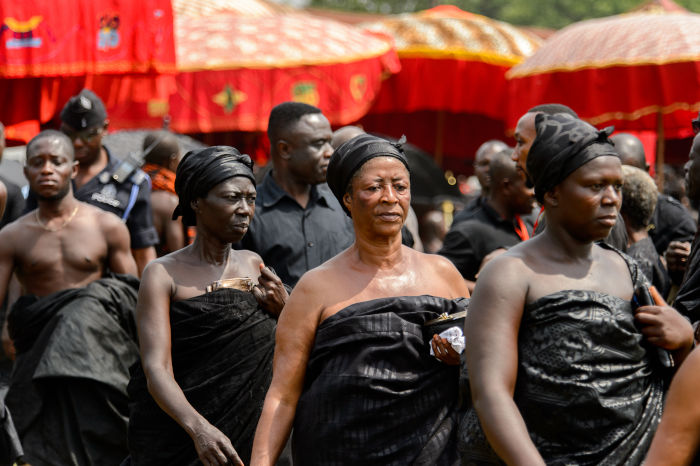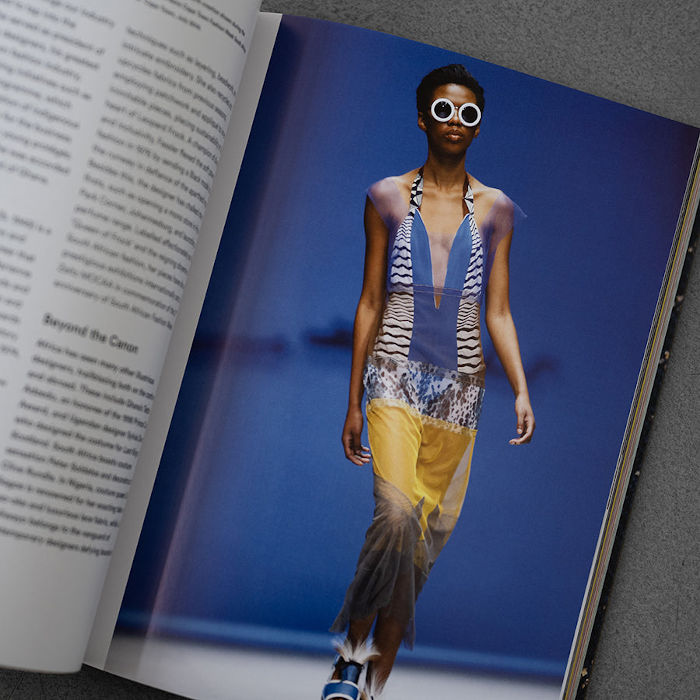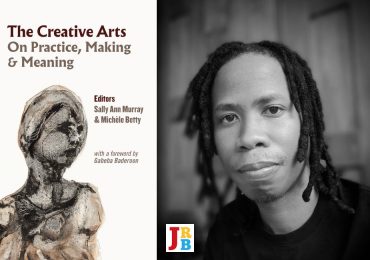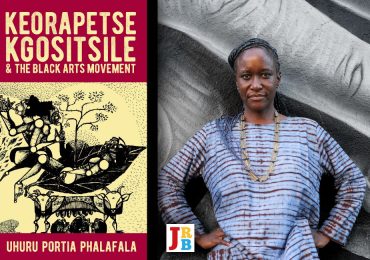The JRB presents an excerpt from Ken Kweku Nimo’s new book Africa in Fashion: Luxury, Craft and Textile Heritage.
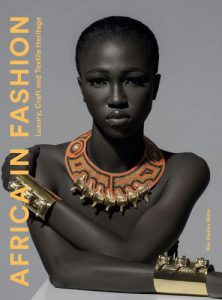
Africa in Fashion: Luxury, Craft and Textile Heritage
Ken Kweku Nimo
Laurence King Publishing, 2022
Africa in Fashion explores the kaleidoscope of craft cultures that have shaped African fashion for centuries and captures the stories of contemporary and avant-garde African brands.
Ken Kweku Nimo is a Ghanaian researcher, brand strategist and designer based in South Africa. He holds a BA Hons in Fashion Merchandising and an MA in Design from the University of Johannesburg. His work underscores the potential of Africa’s luxury industry and cultural renaissance. He has contributed articles to the Journal of Design, Business and Society, and the Journal of Fashion Marketing and Management. He is a regular speaker at the In Pursuit of Luxury Conference (IPOL).
The book is a much-needed tale of Africa and its contribution to fashion; both historically and contemporary. The piece’s structure is inspirational for final year students writing their dissertations and creating their research projects as well as inspirational to those students beginning their career. As the university moves into a more inclusive and diverse perspective of higher education books such as this supply a positive and authentic voice from those who have lived and been part of the cultures they speak of. Africa in Fashion: The book is a modern and up-to-date view and voice of the countries of Africa and a positive and true expression of the African influence on the fashion industry. Detailed but not intimidating, thorough but not overpowered with words. Perfectly visual and informative to new and experienced students. It supplies them with basic and intermediate knowledge that can lead to bigger and more detailed work and artistic expression that is rooted in knowledge. Allowing areas of cultural appreciation to occur as well as necessary heritage stories to be told.
—Benjamin Minchell, University of the Creative Arts
